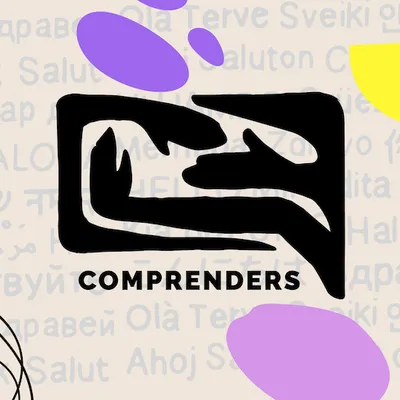
What are common mistakes to avoid when haggleing in Spanish
When haggling in Spanish-speaking countries, the key mistakes to avoid are usually about cultural sensitivity, politeness, and language use. Using the wrong approach can come off as disrespectful or rude.
Common Mistakes to Avoid
-
Being too direct or aggressive
Bargaining in Spanish-speaking cultures usually requires politeness. Avoid sounding demanding with phrases like Dame un mejor precio (“Give me a better price”). Instead, use softer language such as ¿Me puede hacer un descuento? (“Could you give me a discount?”). -
Not using greetings first
Jumping straight into negotiations without a proper greeting is considered impolite. Always start with Buenos días (“Good morning”) or Buenas tardes (“Good afternoon”) before making your request. -
Using only English
Even if your Spanish is basic, showing effort is appreciated. Using phrases like ¿Cuánto cuesta? (“How much does it cost?”) makes a good impression. -
Starting too low
Offering an unreasonably small amount might insult the seller. Instead of cutting the price by half right away, lower gently and respectfully. -
Forgetting cultural phrases
In some regions, common polite forms include ¿Cuál es su mejor precio? (“What is your best price?”) or ¿Me lo deja en…? (“Would you let me have it for…”). Using these sounds more natural than translating directly from English. -
Showing too much eagerness
If you say ¡Me encanta, lo quiero ya! (“I love it, I want it now!”), the seller will know you are unlikely to walk away, making it harder to negotiate. Play it cool with phrases like Está bonito, pero está un poco caro (“It’s nice, but it’s a little expensive”). -
Not being ready to walk away
Sellers expect bargaining to be a two-way process. If you accept prices too quickly, you may miss out on a discount. Sometimes walking away politely leads to the seller calling you back with a better price.
Helpful Polite Phrases for Negotiating
- ¿Cuánto cuesta? (How much does it cost?)
- ¿Me puede hacer un descuento? (Could you give me a discount?)
- ¿Cuál es su mejor precio? (What’s your best price?)
- Es bonito, pero está un poco caro. (It’s nice, but it’s a little expensive.)
- ¿Me lo deja en…? (Would you let me have it for…?)
Would you like me to create a short role-play dialogue (buyer vs. seller) in Spanish with translations, to show how polite bargaining usually sounds?